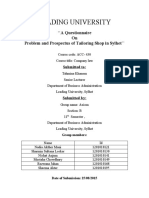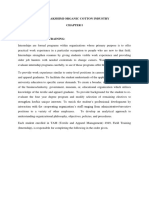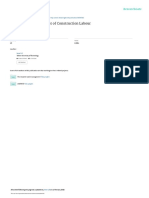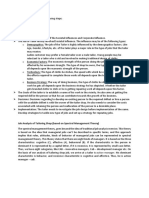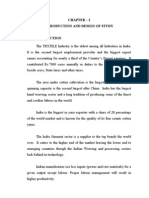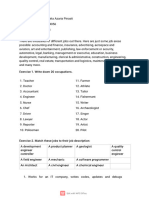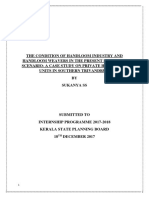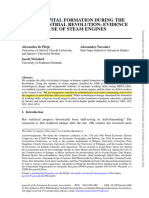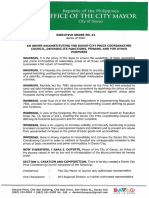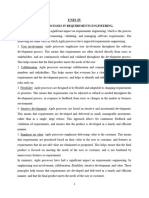0% found this document useful (0 votes)
14 views25 pagesr3 Final
This research investigates the social and economic conditions of tailoring workers in Udgir City, focusing on their demographics, income levels, and living standards. It aims to highlight the challenges they face, such as low wages, poor working conditions, and limited access to social security, while also examining the impact of education on their economic status. The study seeks to provide actionable insights for policymakers and NGOs to improve the welfare and working conditions of this under-researched workforce segment.
Uploaded by
Musheer ShaheenianCopyright
© © All Rights Reserved
We take content rights seriously. If you suspect this is your content, claim it here.
Available Formats
Download as PDF, TXT or read online on Scribd
0% found this document useful (0 votes)
14 views25 pagesr3 Final
This research investigates the social and economic conditions of tailoring workers in Udgir City, focusing on their demographics, income levels, and living standards. It aims to highlight the challenges they face, such as low wages, poor working conditions, and limited access to social security, while also examining the impact of education on their economic status. The study seeks to provide actionable insights for policymakers and NGOs to improve the welfare and working conditions of this under-researched workforce segment.
Uploaded by
Musheer ShaheenianCopyright
© © All Rights Reserved
We take content rights seriously. If you suspect this is your content, claim it here.
Available Formats
Download as PDF, TXT or read online on Scribd
/ 25











